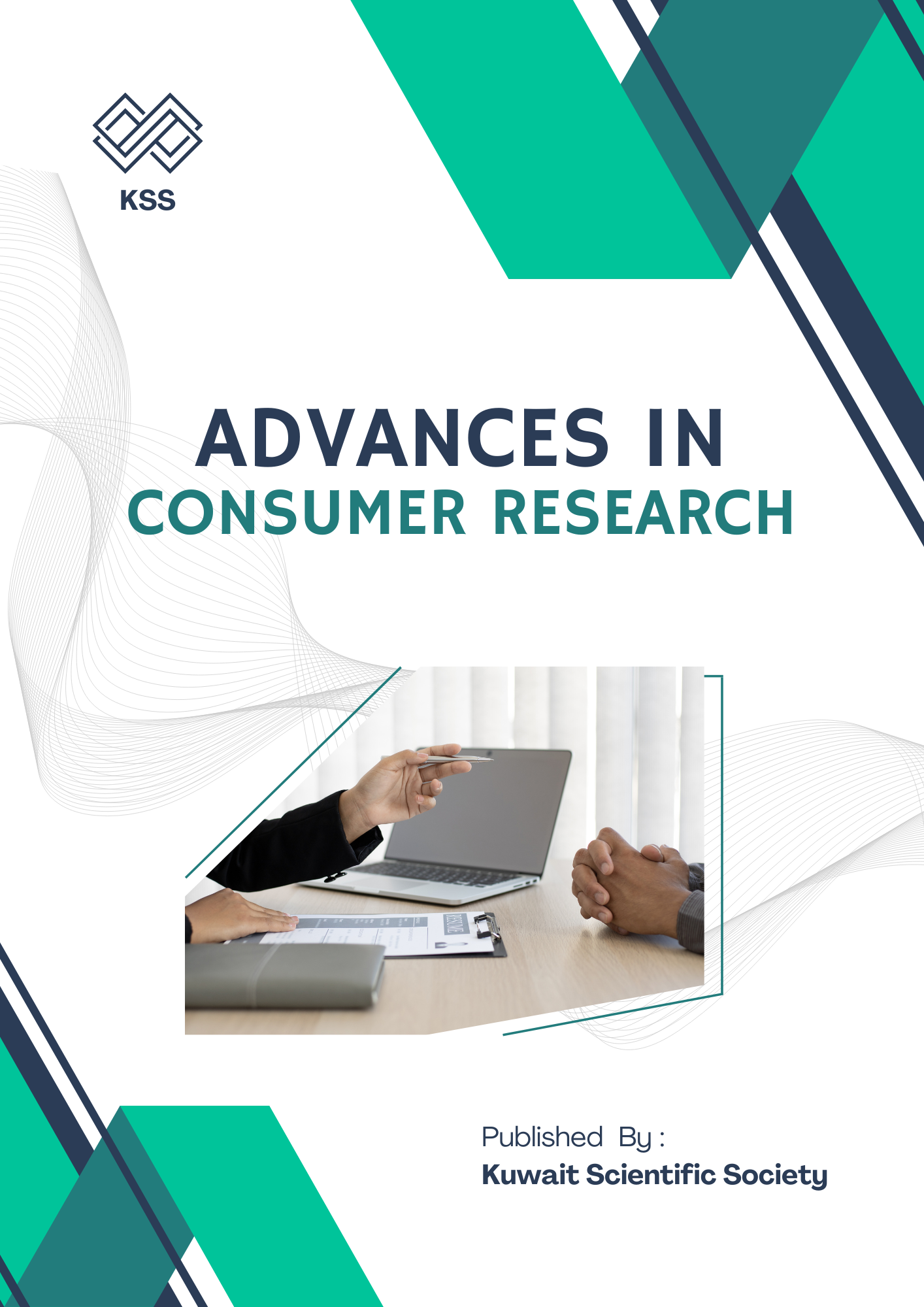This study examines how macroeconomic variables influence consumer sentiment and spending patterns in emerging economy like India. In a rapidly growing economy its crucial to understand which factors drive people to spend or hold back. This empirical investigation is crucial for framing effective monetary and fiscal strategies. While field surveys or interviews often fail to capture real- time mood shifts this paper uses a proxy to reflect changes in consumer confidence in form of Foreign Portfolio Investment (FPI). When consumers and households feel positive about the economy it often showcases rising consumer demand and when they pull back it can signal underlying caution.
The analysis makes use of monthly data from April 2010 to December 2024 ranging for 14 years and includes key macroeconomic variables—repo rate, Treasury bill yields, money supply (M3), and Index of Industrial Production (IIP). Present study employs Vector Auto Regression (VAR), Granger causality, Impulse Response Functions (IRF) and Forecast Error Variance Decomposition, (FEVD) to captures both short-term and long-term dynamics
Results reveal that consumer sentiment are sharply influenced by changes in short-term interest rates particularly the repo rate and T-bills. Over a longer horizon liquidity (M3) and industrial output begin to shape sentiment more gradually. Granger results confirm one-way causality from interest rates to sentiment validating the influence of policy signals on public behaviour. The study contributes to academic literature and ongoing discussions around sentiment-driven consumption and demonstrates the importance of transparent monetary policy in sustaining public confidence. It also opens the door for integrating behavioural economics with macro-level indicators in emerging economies like India
